Brand: |
none |
Address: |
China |
Min.Order: |
none |
Supply: |
none |
Valid until: |
Long Term |
Product Details
New designed led classroom linear lights anti glare 36w 40w office educational low bay led tube fixture RA 90
 |
| ||||||||||||||||||||||||||||





"
Indoor LED lighting can have various positive effects on people besides its natural obvious energy-saving characteristics. Browse through this page and educate on LED lighting’s various benefits with indoor applications.
What do experts say, what are scientists telling us, what facts and benefits are out there?"
"General LED lighting facts
LED lighting does not contain mercury.
All white LEDs emit certain level of blue light, which is still only a tiny fraction of natural daylight.
General exposure to blue light is at least 1,000 times greater outside during summer days.
Looking straight into the sun for 1sec will have an affect on your eyes, for the similar effect you will have to stare at LED light(4000K) for 30min from a short distance.
Blue light hazard is classified into 4 risk groups: 0, 1, 2, 3(0=low; 3=high), the sun falls into group 2. Well tuned LED lighting belongs in category 0.
Visible flicker is known for potentially causing epileptic seizures where as non-visible flicker will not.
Visible strobe is believed to cause eyestrain/discomfort, headache, and reduced visual performance where as non-visible strobe is believed not to.
Glare can generally be put in 3 categories when assessing its influence on people: blinding, disability, discomfort."
"LED lighting Benefits
LED lighting can support one's visual, psychological and biological values.
- Scientific studies indicate that tailored indoor illumination applications are linked to enhanced vision, performance and wellbeing.
Organizations that implement LED lighting in office spaces and work areas have recognized an increase in employee effectivity, workplace satisfaction, and visual comfort.
When LED lighting is applied in a learning environment, research suggests that concentration of children goes up tp 20%. literacy skills are improved, and fidgeting is reduced.
LED lighting can boost our mood and positively impact our behavior.
LED lighting can contribute to a healthy circadian rhythm.
Bue light helps children and adolescents feel more awake in the mornings.
Blue light also helps wth enhancing one's concentration ability.
Dimmed LED lighting can enhance creative thinking.
LED lighting has been associated with decreased levels of stress and anxiety in indoor environments."
"What experts say
""LED products are no more hazardous than other lighting technologies that have the same CCT.""
U.S. Department Of Energy
""The idea that LED lamps emit dangerous levels of blue light, is a misunderstanding.""
LightingEurope
Health Effects of Artificial Light
SCENIHR"
"What factors can potentially be harmful to the retina under unfavorable circumstances?
Level of luminance
Spectral distribution
Exposure time
Staring straight into a strong LED Light with a high color temperature (expressed in Kelvin) at a close distance for a long period of time can possibly damage the retina. Normally, the discomfort experienced will require to avert or close the eyes, preventing any damage."
Other trivia
"When is LED lighting harmful for the eye?
Depending on the illumination level, exposure time, and distance of direct exposure: prolonged, continuous excessive exposure to short-wavelength rich light from indoor(and outdoor) lights, computer monitors, mobile phones and television screens may be enough to damage retinas on the long run. Though, during day time a great amount of blue light is very positive."
"What color temperature is more harmful?
Bulbs with a temperature over 5000 Kelvin contain relatively high amount of blue light which can be hazardousto the retina, depending on the illumination level, exposure time, distance and how much blue light you were already exposed to."
"What light intensitity is more harmful?
Excessive bright lights can possibly damage the retina, always avoid staring straight into bright lights. Luminance higher than 10,000 cd/m2 caused visual discomfort no matter what the position of the lighting source is in the field of vision. Once again, this also depends on the illumination level, exposure time, and distance."
"Exposure time to blue light
Excessive exposure to blue light, combined with the illumination level, exposure time, distance, from LEDs in the range 470-480 nm for a short to medium period (days to a few weeks) should be relatively safe, this conclusion cannot be generalized to a long-term exposure (months to years)."
"Eye strain relieve
E.g. when having direct exposure to bright LED light source, like computer screens, give your eyes a break. Use the 20-20-20 rule. Every 20 minutes, take a 20-second break and focus your eyes on something at least 20 feet away."
"What is Blue light hazard?
IEC defines blue-light hazard as ‘the potential for a photochemical-induced retinal injury resulting from electromagnetic radiation exposure at wavelengths primarily between 400 and 500 nm (short wave-lengths)’
“LEDs can be damaging to retinas.”
The journal article (Photochem. Photobiol. 89, 468-473) shows the experiments exposing human eye cells to light intensity of 5 mW per square centimeter for twelve hours, which leaves noticeable damage behind. However, for a typical white LED spectrum, this intensity level corresponds to staring directly into a 100-Watt-equivalent light bulb from about 10 centimeters away, for twelve hours straight.
Some say LEDs are damaging to preservation of collections and other objects – this is not the case. LED lights do not emit ultra violet radiation. Consequently, they are safer for collections preservation than fluorescent lights.
Fading as a damage factor could apply to short-wavelength lighting, which could relatively damage/discolor, depending on the exposure time, illumination level, and object sensitivity. Mostly due to U
"
Indoor LED lighting can have various positive effects on people besides its natural obvious energy-saving characteristics. Browse through this page and educate on LED lighting’s various benefits with indoor applications.
What do experts say, what are scientists telling us, what facts and benefits are out there?"
"General LED lighting facts
LED lighting does not contain mercury.
All white LEDs emit certain level of blue light, which is still only a tiny fraction of natural daylight.
General exposure to blue light is at least 1,000 times greater outside during summer days.
Looking straight into the sun for 1sec will have an affect on your eyes, for the similar effect you will have to stare at LED light(4000K) for 30min from a short distance.
Blue light hazard is classified into 4 risk groups: 0, 1, 2, 3(0=low; 3=high), the sun falls into group 2. Well tuned LED lighting belongs in category 0.
Visible flicker is known for potentially causing epileptic seizures where as non-visible flicker will not.
Visible strobe is believed to cause eyestrain/discomfort, headache, and reduced visual performance where as non-visible strobe is believed not to.
Glare can generally be put in 3 categories when assessing its influence on people: blinding, disability, discomfort."
"LED lighting Benefits
LED lighting can support one's visual, psychological and biological values.
- Scientific studies indicate that tailored indoor illumination applications are linked to enhanced vision, performance and wellbeing.
Organizations that implement LED lighting in office spaces and work areas have recognized an increase in employee effectivity, workplace satisfaction, and visual comfort.
When LED lighting is applied in a learning environment, research suggests that concentration of children goes up tp 20%. literacy skills are improved, and fidgeting is reduced.
LED lighting can boost our mood and positively impact our behavior.
LED lighting can contribute to a healthy circadian rhythm.
Bue light helps children and adolescents feel more awake in the mornings.
Blue light also helps wth enhancing one's concentration ability.
Dimmed LED lighting can enhance creative thinking.
LED lighting has been associated with decreased levels of stress and anxiety in indoor environments."
"What experts say
""LED products are no more hazardous than other lighting technologies that have the same CCT.""
U.S. Department Of Energy
""The idea that LED lamps emit dangerous levels of blue light, is a misunderstanding.""
LightingEurope
Health Effects of Artificial Light
SCENIHR"
"What factors can potentially be harmful to the retina under unfavorable circumstances?
Level of luminance
Spectral distribution
Exposure time
Staring straight into a strong LED Light with a high color temperature (expressed in Kelvin) at a close distance for a long period of time can possibly damage the retina. Normally, the discomfort experienced will require to avert or close the eyes, preventing any damage."
Other trivia
"When is LED lighting harmful for the eye?
Depending on the illumination level, exposure time, and distance of direct exposure: prolonged, continuous excessive exposure to short-wavelength rich light from indoor(and outdoor) lights, computer monitors, mobile phones and television screens may be enough to damage retinas on the long run. Though, during day time a great amount of blue light is very positive."
"What color temperature is more harmful?
Bulbs with a temperature over 5000 Kelvin contain relatively high amount of blue light which can be hazardousto the retina, depending on the illumination level, exposure time, distance and how much blue light you were already exposed to."
"What light intensitity is more harmful?
Excessive bright lights can possibly damage the retina, always avoid staring straight into bright lights. Luminance higher than 10,000 cd/m2 caused visual discomfort no matter what the position of the lighting source is in the field of vision. Once again, this also depends on the illumination level, exposure time, and distance."
"Exposure time to blue light
Excessive exposure to blue light, combined with the illumination level, exposure time, distance, from LEDs in the range 470-480 nm for a short to medium period (days to a few weeks) should be relatively safe, this conclusion cannot be generalized to a long-term exposure (months to years)."
"Eye strain relieve
E.g. when having direct exposure to bright LED light source, like computer screens, give your eyes a break. Use the 20-20-20 rule. Every 20 minutes, take a 20-second break and focus your eyes on something at least 20 feet away."
"What is Blue light hazard?
IEC defines blue-light hazard as ‘the potential for a photochemical-induced retinal injury resulting from electromagnetic radiation exposure at wavelengths primarily between 400 and 500 nm (short wave-lengths)’
“LEDs can be damaging to retinas.”
The journal article (Photochem. Photobiol. 89, 468-473) shows the experiments exposing human eye cells to light intensity of 5 mW per square centimeter for twelve hours, which leaves noticeable damage behind. However, for a typical white LED spectrum, this intensity level corresponds to staring directly into a 100-Watt-equivalent light bulb from about 10 centimeters away, for twelve hours straight.
Some say LEDs are damaging to preservation of collections and other objects – this is not the case. LED lights do not emit ultra violet radiation. Consequently, they are safer for collections preservation than fluorescent lights.
Fading as a damage factor could apply to short-wavelength lighting, which could relatively damage/discolor, depending on the exposure time, illumination level, and object sensitivity. Mostly due to UV radiation.
Besides the benefits that come along with LED lighting, the potential negative effects only persists in case of repetitive excessive (direct) exposure under unfavorable circumstances.
"
Indoor LED lighting can have various positive effects on people besides its natural obvious energy-saving characteristics. Browse through this page and educate on LED lighting’s various benefits with indoor applications.
What do experts say, what are scientists telling us, what facts and benefits are out there?"
"General LED lighting facts
LED lighting does not contain mercury.
All white LEDs emit certain level of blue light, which is still only a tiny fraction of natural daylight.
General exposure to blue light is at least 1,000 times greater outside during summer days.
Looking straight into the sun for 1sec will have an affect on your eyes, for the similar effect you will have to stare at LED light(4000K) for 30min from a short distance.
Blue light hazard is classified into 4 risk groups: 0, 1, 2, 3(0=low; 3=high), the sun falls into group 2. Well tuned LED lighting belongs in category 0.
Visible flicker is known for potentially causing epileptic seizures where as non-visible flicker will not.
Visible strobe is believed to cause eyestrain/discomfort, headache, and reduced visual performance where as non-visible strobe is believed not to.
Glare can generally be put in 3 categories when assessing its influence on people: blinding, disability, discomfort."
"LED lighting Benefits
LED lighting can support one's visual, psychological and biological values.
- Scientific studies indicate that tailored indoor illumination applications are linked to enhanced vision, performance and wellbeing.
Organizations that implement LED lighting in office spaces and work areas have recognized an increase in employee effectivity, workplace satisfaction, and visual comfort.
When LED lighting is applied in a learning environment, research suggests that concentration of children goes up tp 20%. literacy skills are improved, and fidgeting is reduced.
LED lighting can boost our mood and positively impact our behavior.
LED lighting can contribute to a healthy circadian rhythm.
Bue light helps children and adolescents feel more awake in the mornings.
Blue light also helps wth enhancing one's concentration ability.
Dimmed LED lighting can enhance creative thinking.
LED lighting has been associated with decreased levels of stress and anxiety in indoor environments."
"What experts say
""LED products are no more hazardous than other lighting technologies that have the same CCT.""
U.S. Department Of Energy
""The idea that LED lamps emit dangerous levels of blue light, is a misunderstanding.""
LightingEurope
Health Effects of Artificial Light
SCENIHR"
"What factors can potentially be harmful to the retina under unfavorable circumstances?
Level of luminance
Spectral distribution
Exposure time
Staring straight into a strong LED Light with a high color temperature (expressed in Kelvin) at a close distance for a long period of time can possibly damage the retina. Normally, the discomfort experienced will require to avert or close the eyes, preventing any damage."
Other trivia
"When is LED lighting harmful for the eye?
Depending on the illumination level, exposure time, and distance of direct exposure: prolonged, continuous excessive exposure to short-wavelength rich light from indoor(and outdoor) lights, computer monitors, mobile phones and television screens may be enough to damage retinas on the long run. Though, during day time a great amount of blue light is very positive."
"What color temperature is more harmful?
Bulbs with a temperature over 5000 Kelvin contain relatively high amount of blue light which can be hazardousto the retina, depending on the illumination level, exposure time, distance and how much blue light you were already exposed to."
"What light intensitity is more harmful?
Excessive bright lights can possibly damage the retina, always avoid staring straight into bright lights. Luminance higher than 10,000 cd/m2 caused visual discomfort no matter what the position of the lighting source is in the field of vision. Once again, this also depends on the illumination level, exposure time, and distance."
"Exposure time to blue light
Excessive exposure to blue light, combined with the illumination level, exposure time, distance, from LEDs in the range 470-480 nm for a short to medium period (days to a few weeks) should be relatively safe, this conclusion cannot be generalized to a long-term exposure (months to years)."
"Eye strain relieve
E.g. when having direct exposure to bright LED light source, like computer screens, give your eyes a break. Use the 20-20-20 rule. Every 20 minutes, take a 20-second break and focus your eyes on something at least 20 feet away."
"What is Blue light hazard?
IEC defines blue-light hazard as ‘the potential for a photochemical-induced retinal injury resulting from electromagnetic radiation exposure at wavelengths primarily between 400 and 500 nm (short wave-lengths)’
“LEDs can be damaging to retinas.”
The journal article (Photochem. Photobiol. 89, 468-473) shows the experiments exposing human eye cells to light intensity of 5 mW per square centimeter for twelve hours, which leaves noticeable damage behind. However, for a typical white LED spectrum, this intensity level corresponds to staring directly into a 100-Watt-equivalent light bulb from about 10 centimeters away, for twelve hours straight.
Some say LEDs are damaging to preservation of collections and other objects – this is not the case. LED lights do not emit ultra violet radiation. Consequently, they are safer for collections preservation than fluorescent lights.
Fading as a damage factor could apply to short-wavelength lighting, which could relatively damage/discolor, depending on the exposure time, illumination level, and object sensitivity. Mostly due to UV radiation.
Besides the benefits that come along with LED lighting, the potential negative effects only persists in case of repetitive excessive (direct) exposure under unfavorable circumstances.
Apply the right light, with the right spectrum at the right time during the day is highly beneficial, one of the reasons what makes LED lighting so valuable."
Apply the right light, with the right spectrum at the right time during the day is highly beneficial, one of the reasons what makes LED lighting so valuable."
V radiation.
"
Indoor LED lighting can have various positive effects on people besides its natural obvious energy-saving characteristics. Browse through this page and educate on LED lighting’s various benefits with indoor applications.
What do experts say, what are scientists telling us, what facts and benefits are out there?"
"General LED lighting facts
LED lighting does not contain mercury.
All white LEDs emit certain level of blue light, which is still only a tiny fraction of natural daylight.
General exposure to blue light is at least 1,000 times greater outside during summer days.
Looking straight into the sun for 1sec will have an affect on your eyes, for the similar effect you will have to stare at LED light(4000K) for 30min from a short distance.
Blue light hazard is classified into 4 risk groups: 0, 1, 2, 3(0=low; 3=high), the sun falls into group 2. Well tuned LED lighting belongs in category 0.
Visible flicker is known for potentially causing epileptic seizures where as non-visible flicker will not.
Visible strobe is believed to cause eyestrain/discomfort, headache, and reduced visual performance where as non-visible strobe is believed not to.
Glare can generally be put in 3 categories when assessing its influence on people: blinding, disability, discomfort."
"LED lighting Benefits
LED lighting can support one's visual, psychological and biological values.
- Scientific studies indicate that tailored indoor illumination applications are linked to enhanced vision, performance and wellbeing.
Organizations that implement LED lighting in office spaces and work areas have recognized an increase in employee effectivity, workplace satisfaction, and visual comfort.
When LED lighting is applied in a learning environment, research suggests that concentration of children goes up tp 20%. literacy skills are improved, and fidgeting is reduced.
LED lighting can boost our mood and positively impact our behavior.
LED lighting can contribute to a healthy circadian rhythm.
Bue light helps children and adolescents feel more awake in the mornings.
Blue light also helps wth enhancing one's concentration ability.
Dimmed LED lighting can enhance creative thinking.
LED lighting has been associated with decreased levels of stress and anxiety in indoor environments."
"What experts say
""LED products are no more hazardous than other lighting technologies that have the same CCT.""
U.S. Department Of Energy
""The idea that LED lamps emit dangerous levels of blue light, is a misunderstanding.""
LightingEurope
Health Effects of Artificial Light
SCENIHR"
"What factors can potentially be harmful to the retina under unfavorable circumstances?
Level of luminance
Spectral distribution
Exposure time
Staring straight into a strong LED Light with a high color temperature (expressed in Kelvin) at a close distance for a long period of time can possibly damage the retina. Normally, the discomfort experienced will require to avert or close the eyes, preventing any damage."
Other trivia
"When is LED lighting harmful for the eye?
Depending on the illumination level, exposure time, and distance of direct exposure: prolonged, continuous excessive exposure to short-wavelength rich light from indoor(and outdoor) lights, computer monitors, mobile phones and television screens may be enough to damage retinas on the long run. Though, during day time a great amount of blue light is very positive."
"What color temperature is more harmful?
Bulbs with a temperature over 5000 Kelvin contain relatively high amount of blue light which can be hazardousto the retina, depending on the illumination level, exposure time, distance and how much blue light you were already exposed to."
"What light intensitity is more harmful?
Excessive bright lights can possibly damage the retina, always avoid staring straight into bright lights. Luminance higher than 10,000 cd/m2 caused visual discomfort no matter what the position of the lighting source is in the field of vision. Once again, this also depends on the illumination level, exposure time, and distance."
"Exposure time to blue light
Excessive exposure to blue light, combined with the illumination level, exposure time, distance, from LEDs in the range 470-480 nm for a short to medium period (days to a few weeks) should be relatively safe, this conclusion cannot be generalized to a long-term exposure (months to years)."
"Eye strain relieve
E.g. when having direct exposure to bright LED light source, like computer screens, give your eyes a break. Use the 20-20-20 rule. Every 20 minutes, take a 20-second break and focus your eyes on something at least 20 feet away."
"What is Blue light hazard?
IEC defines blue-light hazard as ‘the potential for a photochemical-induced retinal injury resulting from electromagnetic radiation exposure at wavelengths primarily between 400 and 500 nm (short wave-lengths)’
“LEDs can be damaging to retinas.”
The journal article (Photochem. Photobiol. 89, 468-473) shows the experiments exposing human eye cells to light intensity of 5 mW per square centimeter for twelve hours, which leaves noticeable damage behind. However, for a typical white LED spectrum, this intensity level corresponds to staring directly into a 100-Watt-equivalent light bulb from about 10 centimeters away, for twelve hours straight.
Some say LEDs are damaging to preservation of collections and other objects – this is not the case. LED lights do not emit ultra violet radiation. Consequently, they are safer for collections preservation than fluorescent lights.
Fading as a damage factor could apply to short-wavelength lighting, which could relatively damage/discolor, depending on the exposure time, illumination level, and object sensitivity. Mostly due to UV radiation.
Besides the benefits that come along with LED lighting, the potential negative effects only persists in case of repetitive excessive (direct) exposure under unfavorable circumstances.
Apply the right light, with the right spectrum at the right time during the day is highly beneficial, one of the reasons what makes LED lighting so valuable."

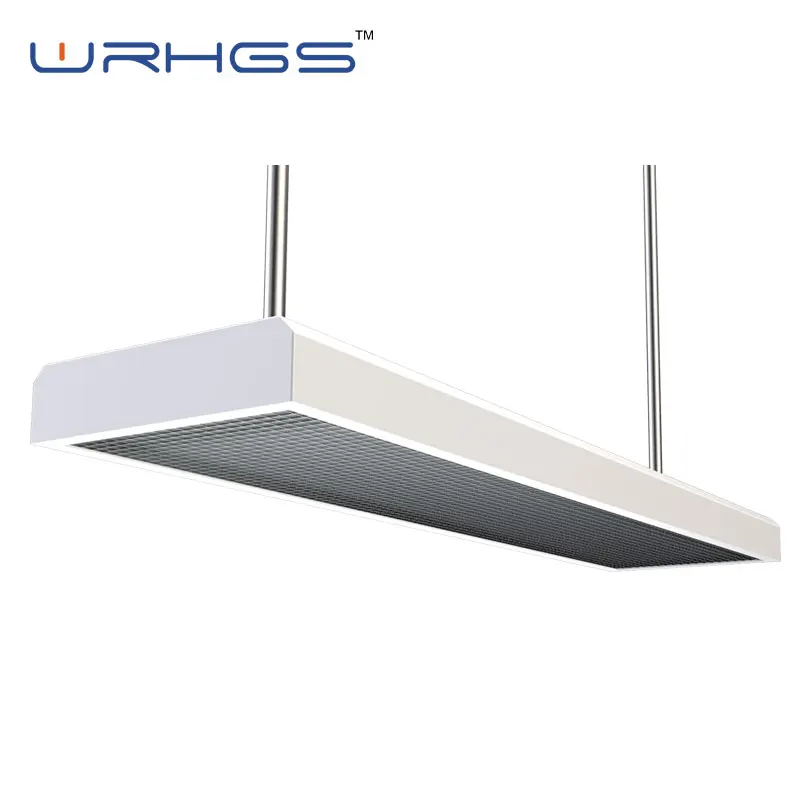
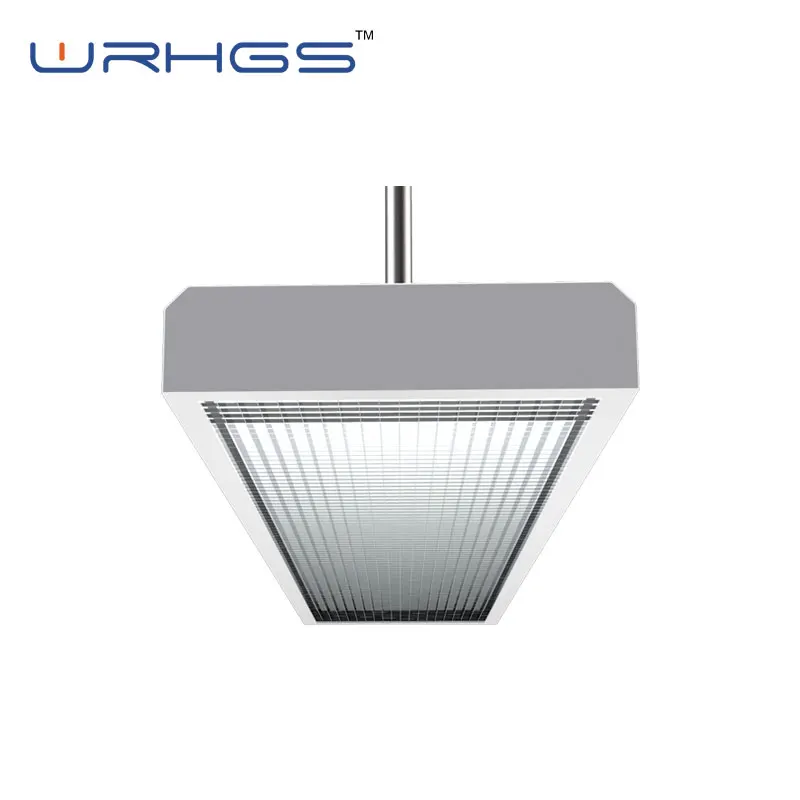


 Share
Share



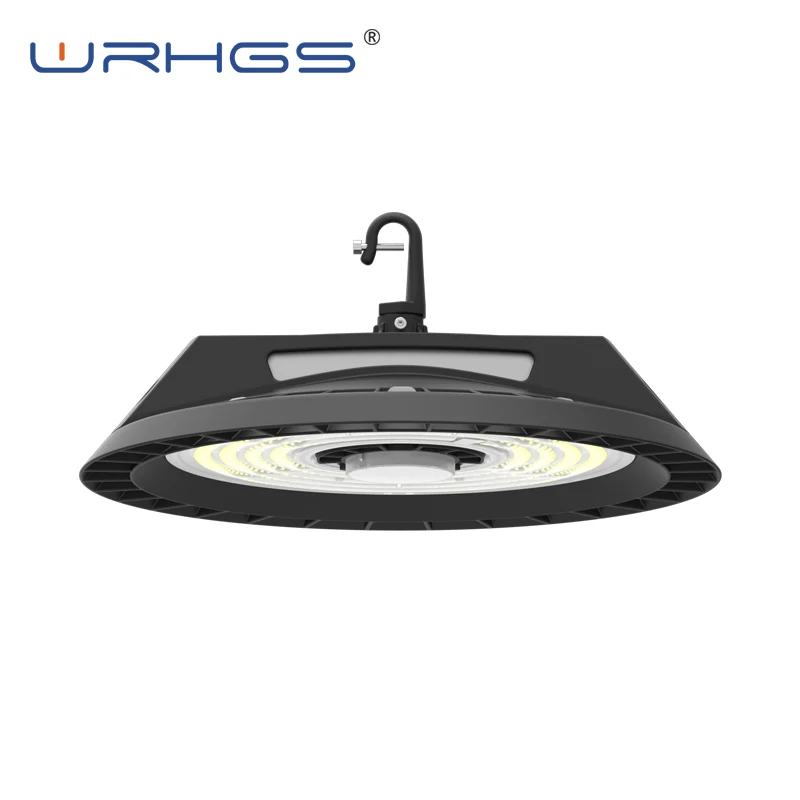

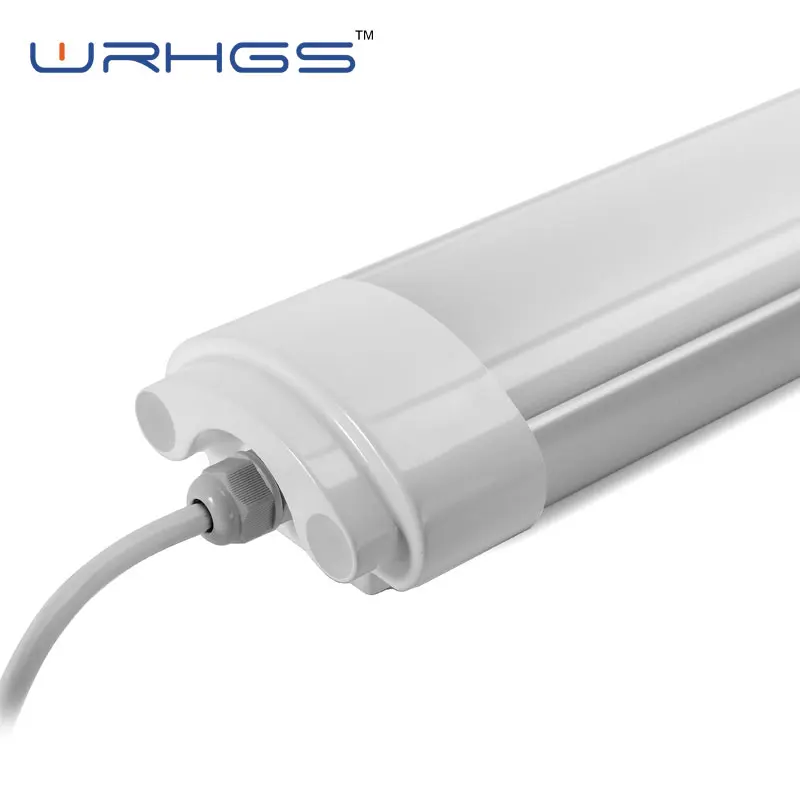

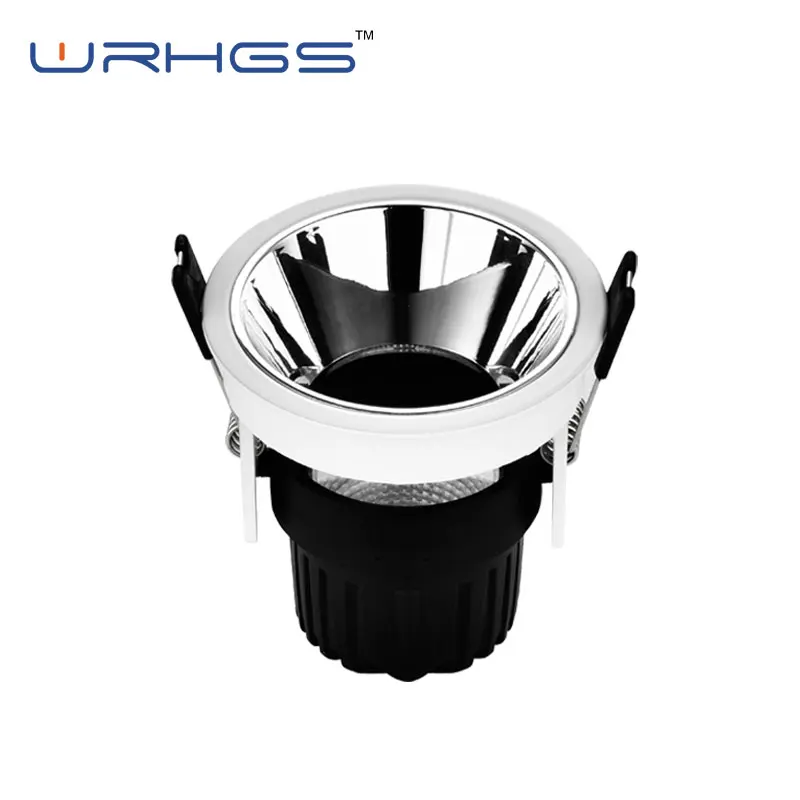

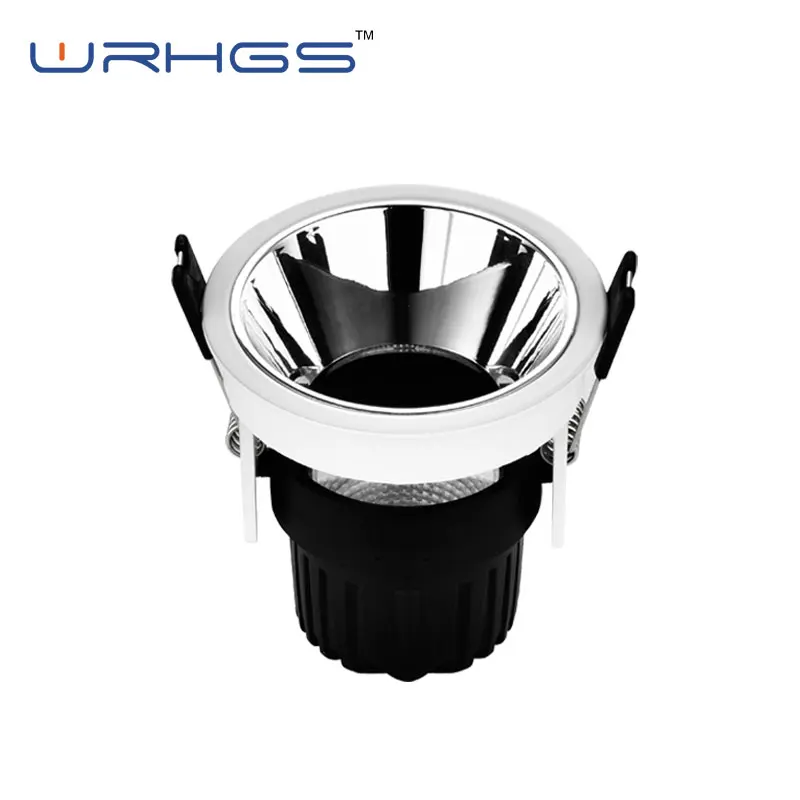

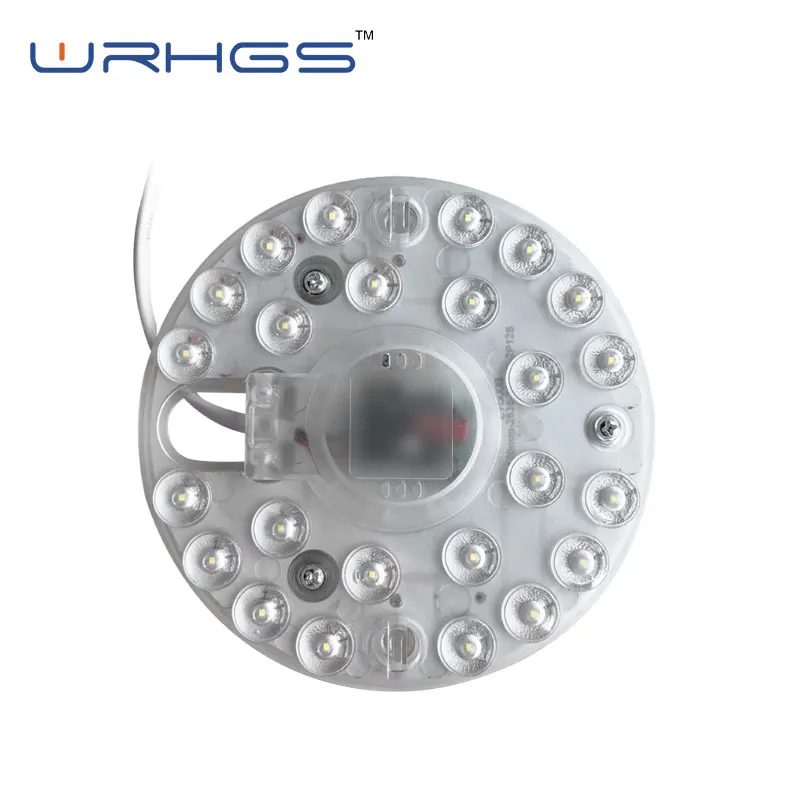





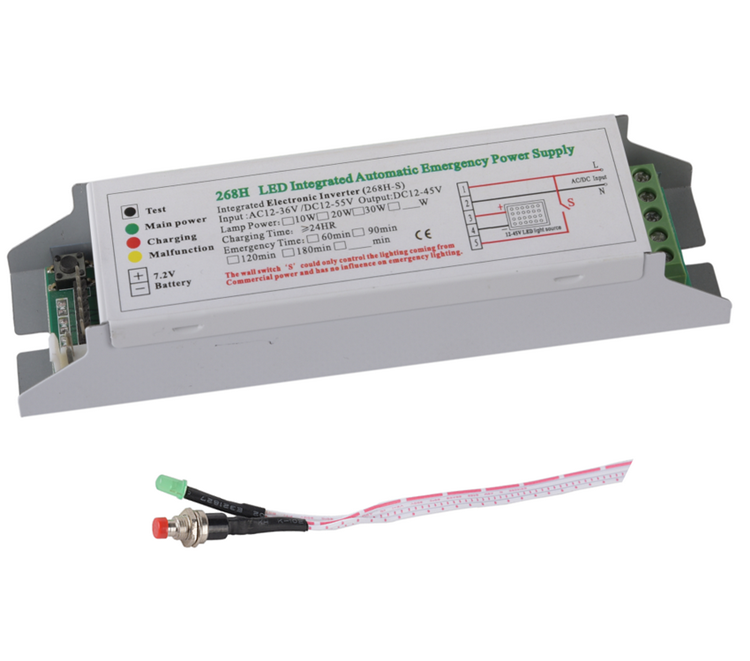





Customer Reviews total 0 items